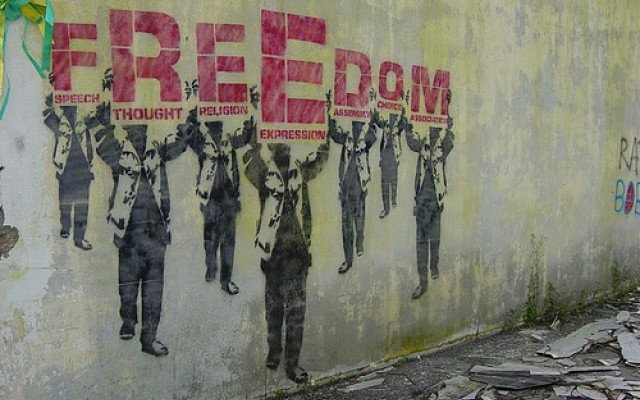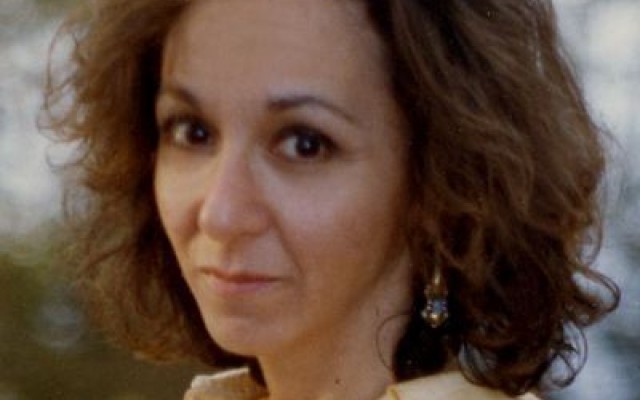Translating to Cross an Ancient Divide

There are many Hebrew literatures that inform the Jewish religious imagination. They come in many genres, and include, but are not limited to legal treatises, philosophy, poetry, and tales. Most rabbinic writings expound and interpret the Torah, sustaining the Jewish religious imagination’s intimacy with Israel’s most elated prophecy. Accessing these texts, however is not a simple matter. From a sociological lens, we can acknowledge the many religious books that disintegrated into ash, and others, lost away in caves, that disintegrated into sand. For the plentiful books that remain, many scholars have argued for their inherent inaccessibility, since foreign cultures (and their texts too) are fully embedded within an unfamiliar contextual reality.1 To understand the written Torah from the lens of the ancient Israelites, one would have to make an incredulous leap into the distant past of the Near East; this process would have to be repeated for all subsequent Jewish writings as well, whether attempting to access fifth century legalistic writings of Babylonia or a medieval philosophical treatise of Andalucia. In avoiding such complexity, most simply regard the premodern as archaic, best for museums, and they throw away the prophetic baby with its ancient bathwater. I translate Elhanan Nir’s poetry because he skillfully translates and expounds these classical sources, while simultaneously reflecting on contemporary life. His poetry is interested in ancient texts, not from a historical lens, but from one that sees their living relevance to modern Hebrew speakers. With a rabbinic integrity he bridges a linguistic and cultural divide, and now in English, I hope to facilitate that access point one step further for anglophones.
Nir responds to the linguistic and cultural barriers of translation by including rabbinic and biblical intertexts throughout his modern Hebrew poetry. The majority of his poems reflect on a contemporary Jewish religiosity deeply affected by classical sources. He includes intertexts of Biblical and Rabbinic Hebrew, Aramaic and Yiddish, weaving in Jewish languages beyond the Hebrew language alone. These literary insertions provide the raw linguistic materials of his poetry, and they additionally expound and explore their original meaning by reapplying them into the everyday life of his contemporary speaker. In “Your Face,” he generalizes the Torah’s language of yearning for God2 to, presumably, a human counterpart.
|
את פניך |
Your face |
The poem is verbless, and the Hebrew does not mention a subject; there is only the anthropomorphic object. He maintains a traditional distance between human being and God, and the longing, even for a person, is never satisfied. In “Vidui”, Nir cycles in rabbinic liturgy and sentiment from the High Holidays.
|
אשמנו |
We are guilty. You |
After a reverent recounting though, he poses a question of skepticism by challenging both the liturgical tradition and God: “Is this how you love us?” Here, Nir explicitly translates across ethos too.
Writing in the 21st century, Nir lives in a pluralistic time, and he acknowledges it; his writing strongly deviates from the premodern certainty and relative monolithism of classical sources. The Torah, for instance, writes about a divine voice that spoke from a mountain top, miracles that sent hundreds of thousands out from slavery, a promised land; the Torah presents these details with certainty. Nir’s writing reveres these texts, and simultaneously it is pervaded with religious doubt, both in content and in form. He primarily writes in free verse, a linguistic beacon of subjectivity and imperfection. His poems’ lines neither need to end with periods nor be comprised of sentences at all. His indifference to fill an 8 ½ x 11 page jostles readers’ attention by indirectly critiquing the common modes of contemporary religious writ by structurally misaligning with the wholeness and thoroughness of philosophical works and essays. In his lyrical voice, his poetry opens the door to subjectivity, and in it, a religious language that accounts for individualism, free to respond with newfound doubt to the presented certainty of classical texts and the intertexts included in his works. He places contemporary life engaged with classical religious writ into his poetry, not on cowhide, like a Torah scroll, but on paper, speaking and engaging with the contemporary ethos of the twenty-first century in content and in form.
His free verse poem bridges a translational gap by drawing distinction between it and classical sources, while also emphasizing a similar exegetical principle to that of traditional Torah study: the need to toil in it to uncover it. Both Torah and poetry ask for a close-reading of vowels, words, grammar, and the layout of the ink on the page; in both, there is so much explicitly said and so much hidden. Likening the Torah and poetry has certainly been part of western religious thought for centuries. Blake, Hamann, Lessing and Coleridge, for instance, “revered the Bible as a holy poem ‘imitating’ the Word and spirit of God.”3 Although, such parallels are not regarded in perfect similitude through a rabbinic lens, Jewish thought has acknowledged a certain likeness. In The Guide for the Perplexed, Maimonides regards the religious poetry of the Bible as a pre-prophetic creation.4 An Aggadic tale tells of Rabbi Akiva’s ability to pay detailed attention to the crowns of Hebrew letters, and from it he was able to interpret additional meaning, divine law.5 Another Midrash describes the elemental black and white fire that composes the Torah, which in material form, is frequently interpreted as the black ink and the white parchment of a scroll, wherein the words, letters, lines, shape and space of the text informs the fundamental meaning it contains. In contemporary scholarship, the significance of poetry in relationship to prophetic form is summarized well by Robert Alter, who argues that “since poetry is our best human model of intricately rich communication… densely woven with complex internal connections, meanings and implications, it makes sense that divine speech should be represented as poetry.”6 Thus, using the poem as a vehicle to link a contemporary readership to the ancient prophetic imagination seems absolutely fitting.
Nonetheless, the words of Hayyim Nahman Bialik ring true—reading a translation of the Torah would be like "kissing a bride through a veil." For poems, especially those in translation, etymological links, allusions, and the like are blurred into the background. In the case of Nir, it is his exploration of Torah and other rabbinic intertexts that become additionally veiled, no longer clearly identifiable as intertext at all. But a translator is decisively a pragmatist. “I’d rather kiss, than not,” or “at least I’m speaking of the bride.” In this case, we are not kissing the Torah, but the rabbinic expounding of it, and thus participating in a tradition of rabbinic commentary disinterested in stepping exclusively into historical analysis and rather desiring to bring to life its textual inheritance, engaging intimately with both ancient and new. I see the religious sensibility as one of the most powerful of sensibilities, largely muted in our western climate, with translation standing as a primary inhibitor. Perhaps, a few lines of translated verse can awaken us a little, take us out for a moment from our secular context, into a different world, a modern piety with roots in the city of Jerusalem, ancient and contemporary, looking for an eternal lover concealed behind many veils.
ולא ידעתי |
And I didn’t know7 |
1. See Lewis on the scholarship of J. Stout and M.C. Nussbaum in: Lewis, Shmuel. Before Honor—Humility: The Ideal of Humility in the Moral Language of the Sages. Magnus Press 2014, Jerusalem. 15-16. (Hebrew)
2. Throughout the Tanakh, God’s face is described as a symbolic object of human aspiration as in Psalm 27:8 and 2nd Chronicles 7:14.
3. Engell, James. The Creative Imagination. Harvard University Press, Cambridge, MA 1981.109.
4. In The Guide for the Perplexed 2:45, Maimonides refers to the second tier of prophecy wherein the spirit of God may enter and inspire someone to write or speak, as was the case with David and the writing of the Psalms. For Maimonides, this clearly does not mean all poems, but rather certain writing, poetry included, can contain such a quality. Elsewhere, in 3:43, Maimonides seems to compare poetry with midrash, not Torah, but the classical rabbinic mode that engages with Torah.
5. Talmud Bavli, Masechet Manechot 29b 6 Midrash Tanhuma, Bereshit 1
6. Alter, Robert. The Art of Biblical Poetry. Basic Books, New York. 1985. 176.
7. This poem is the first in “Four Poems from Nachlaot,” which appears in Begging for Intimacy, Nir’s first poetry collection.
Image: “The Splitting of the Seas,” by Yoram Raanan



